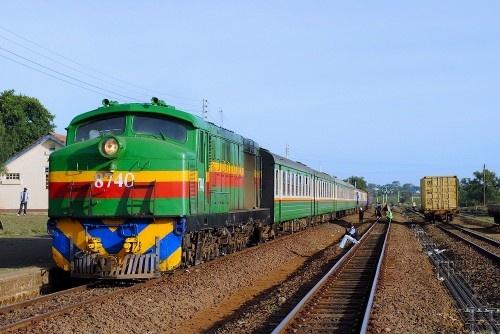
Transcentury posted its annual results for the year ending 2013 revealing a tumultuous year that saw its revenues drop 12.6% to KES 11.8 billion from KES 13.5 billion. The weak performance mainly attributed to the slowed activity in the first half of the year has seen its stock shed 13.8% of its value in the period surrounding the earnings announcement. Profits for the year dropped by 15% from KES 741 million to KES 626 million. Total assets grew to KES 23.8 billion from KES 21.8 billion while earnings per share stood at KES 1.06 in 2013.
The investment group notably disposed of its entire 34% shareholding in Kenya-Uganda Railways, to Africa Railways Limited, a subsidiary of Citadel Capital through exercising a PUT option. Slow turnaround at RVR informed the exit decision after seven years of investment. From the onset such an investment required an investor with a huge capital outlay and a long term exit plan which in this case Trans-century may have underestimated. Besides maintaining the investment would have meant foregoing enormous opportunity costs. Hence good riddance. The KES 3.88 billion sale proceeds may possibly be invested in new high growth areas especially in its Power and Engineering portfolio. And this is what is going to make the stock even hotter.
Increasing focus on infrastructure projects in the continent is a well-timed move which in my view is where next opportunity lies and where shareholder value can be created. According to Deloitte, currently infrastructure projects number over 300 in the continent with individual projects valued at over US$ 50 million. What’s promising is that 36% of these large projects under construction fall into the energy and power sector while in terms of geography are strongly concentrated in Southern and East Africa, with projects in East Africa accounting for 29% of the total. Moreover, according to World Bank, Africa’s largest infrastructure deficit is found in the power sector. Power consumption, at 124 kilowatt hours per capita per year and falling, is only a tenth of that found elsewhere in the developing world and barely enough to power one 100-watt light bulb per person for three hours a day.
If the company is able to execute this regional push profitably by identifying the right projects and making the right partnerships, then the sky is the limit for the NSE listed firm. To date, the business boost a portfolio of companies spanning over 12 countries with key operating assets in Kenya, Uganda, Tanzania, Zambia, Democratic Republic of Congo and South Africa.
Additionally, regional expansion is set to reduce its dependence on the Kenyan market and help diversify its revenue streams. Therefore investors betting on the increasing demand to redress Africa’s infrastructure deficit, currently estimated at US$38 billion of investment per year can confidently place their bets behind the company. Its stock is currently down 16.7% year to date at KES 25 but still a buy technically speaking. Recent flagging performance should therefore be ignored as a temporary reaction to the recent weak performance because the long term business outlook appears positive.

